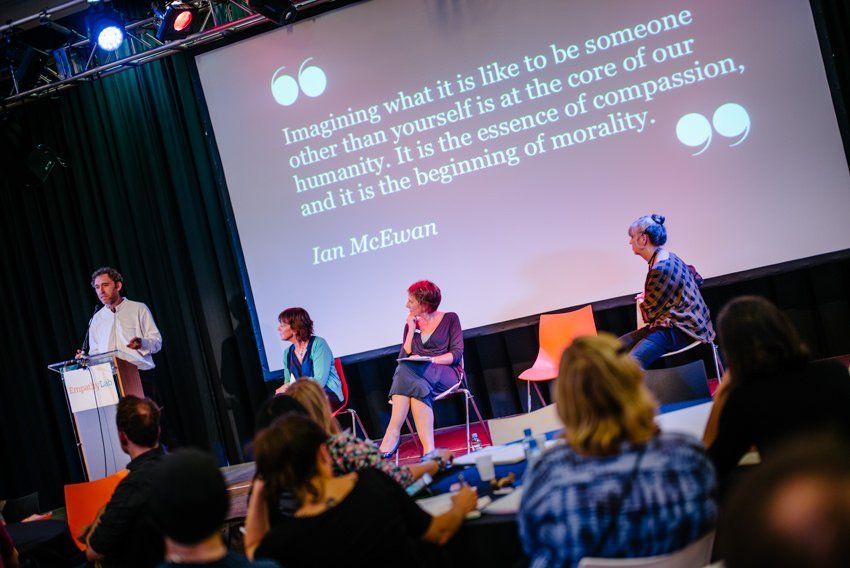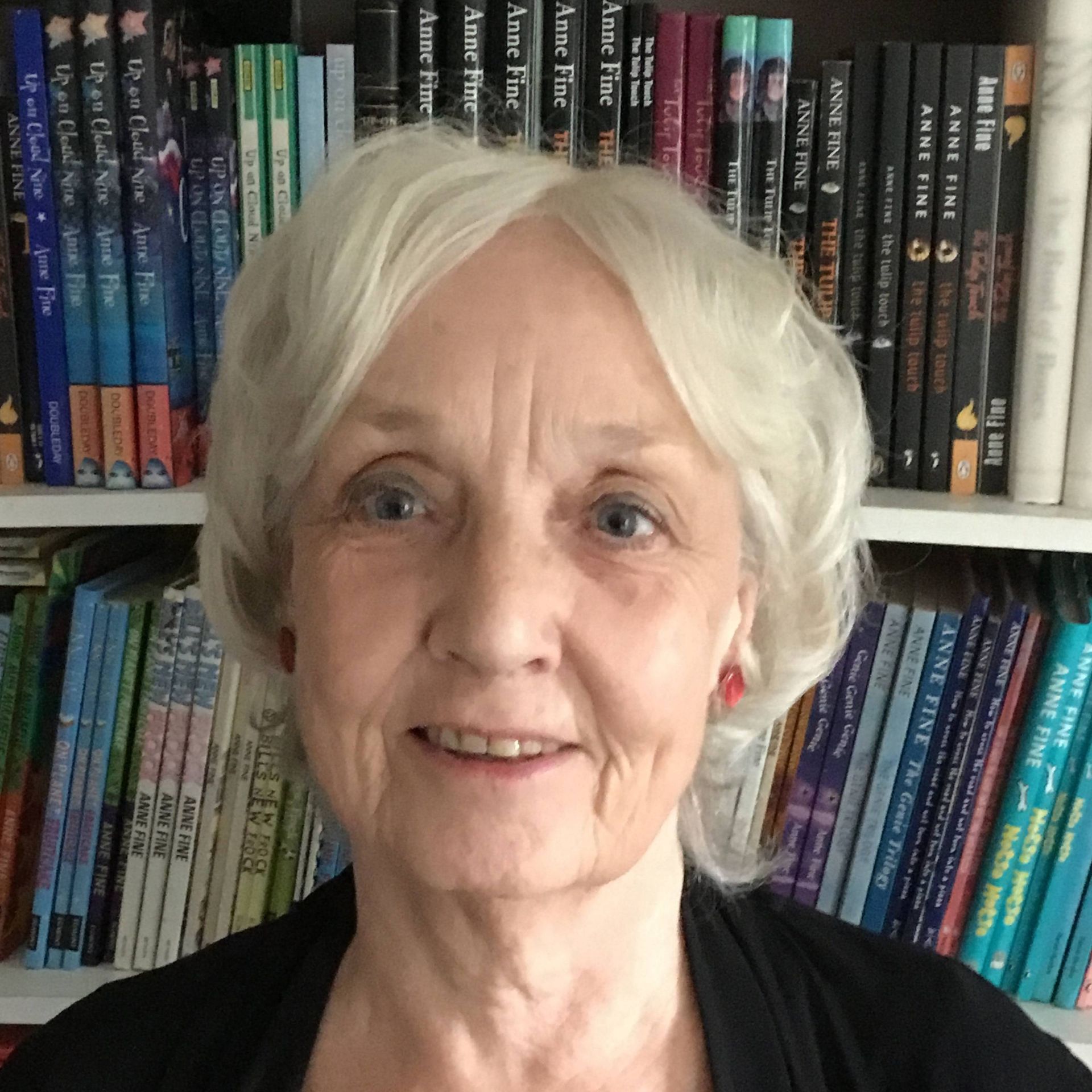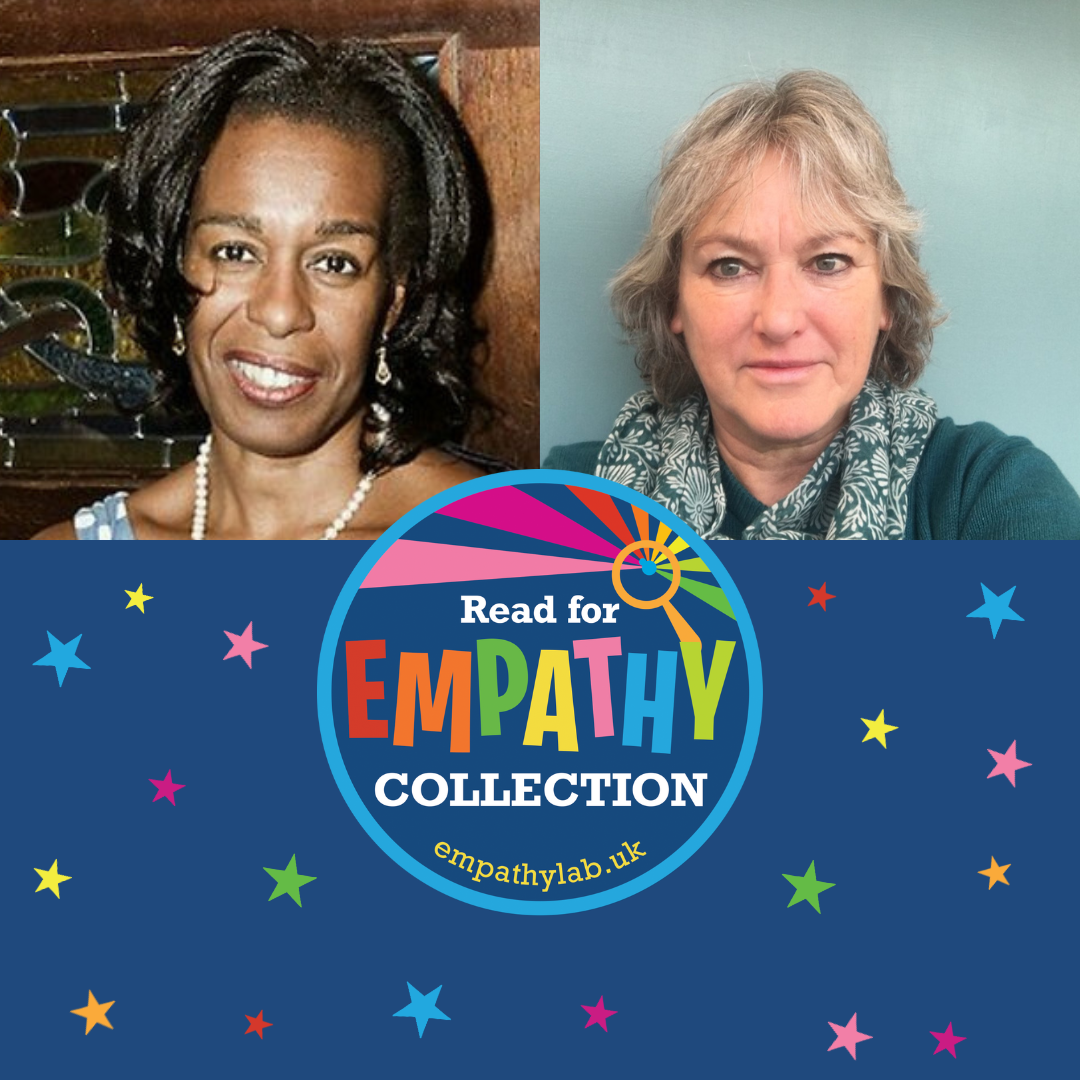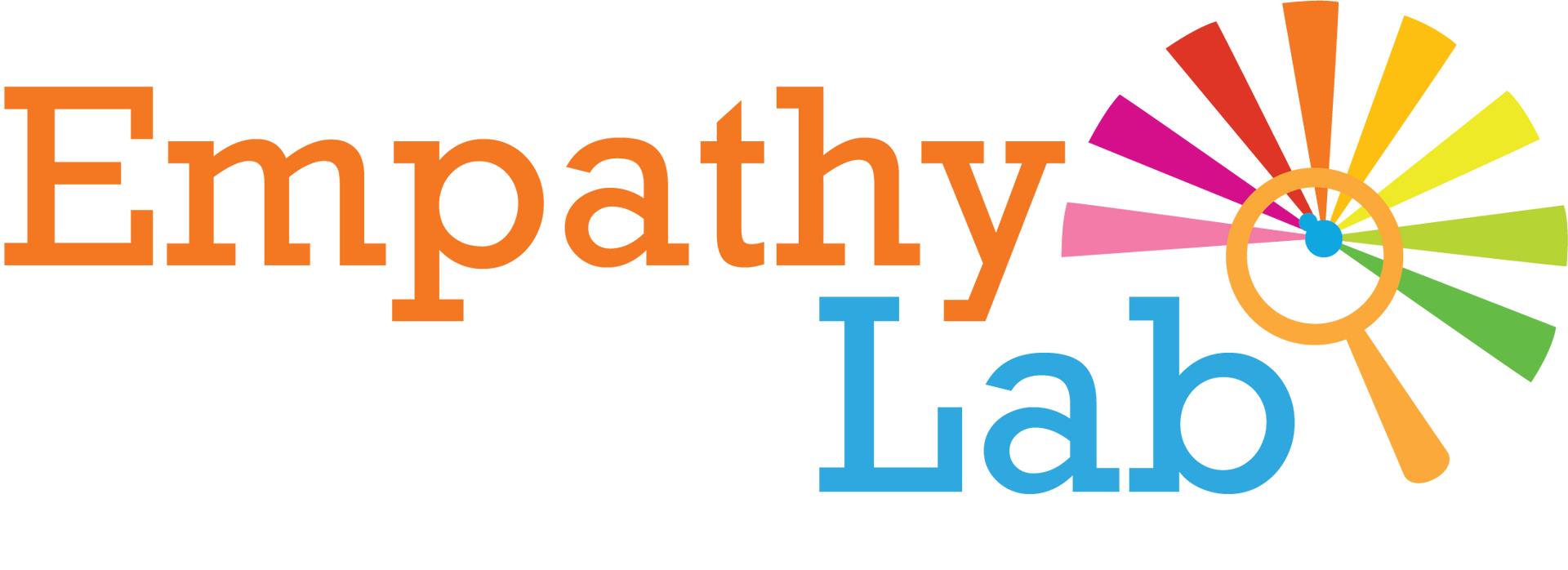THINK-IN THOUGHTS: HANNAH LOVE
- By EmpathyLab
- •
- 31 Jan, 2017
- •

So I was very keen to discuss this further, and the range of professional backgrounds at the event made for a fascinating evening. Getting perspectives from authors, psychologists, librarians and a host of other specialisms led to focussed discussions on what we deemed empathy to actually mean, who we thought needed training in empathy, and how we might go about implementing changes in the future. I found the two speakers, Roman Krznaric and Sue Palmer to be further proof that the earlier children are introduced to ideas of empathy the better, and that stories are the best catalyst for this growth.
Titles of books that sparked empathy in us were celebrated with great excitement. For myself, it was Jacqueline Wilson, Malorie Blackman and Harper Lee who forced me to see the world differently as a teenager. But I could even trace back to Dogger by Shirley Hughes as a book that made me think about other people’s feelings as a toddler. It was almost universally agreed at both of my tables that stories and books were a successful way to get children thinking empathetically.
The challenges however are how to implement this, what age group to focus on and whether to go for a targeted or blanket approach. From my research, I know that whilst children can develop these skills from just reading some may need more help, as well as direction to the right sort of books. When the children I worked with were given time and support and encouraged to engage with stories, they considered the viewpoints of others more carefully. But making this a larger scale operation could be tricky. Another obstacle will be not making the study entirely focused on literacy, as this makes the assumption that children who are more successful academically do not need to be thinking about these issues, whereas in fact the reverse may sometimes be true.
I also agree that having authors involved, who have created characters often very different to them, can be inspiring to children, and where possible their help would be very useful. The EmpathyLab Think-In had all the right ideas about what would be useful, the next step is working out the best way to make that happen.
Hannah Love is Children’s Publicist at Faber & Faber.
Find out more about EmpathyLab’s plans and join our network on LinkedIn – we’d love you to be part of the conversation.
Photo credit: Dan Chippendale

Why has the sheer importance of empathy come to the fore in recent years? Why do we care so much about a concept that had seemed to be left to itself for so long?
Perhaps because there has been so much change and upheaval for our young people in recent years, leaving so many isolated from what we might term ‘real’ contact with others. Lockdown was for many a disaster. The proliferation of phones hasn’t helped. Financially stretched families are often starved of time that can be spent in casual, easy, contact with one another.
So gaining an understanding of others from fiction has become more and more important. Children have always learned from the books and stories they are offered. From the fairy tales, children who lived in an elemental world without luxuries or social safety nets learned the virtues that were so necessary back then to survival: courage, resourcefulness, endurance, quick wits, kindness to strangers.
Our own young people live more tightly under separate roofs, and we have seen the language of books change accordingly - to Mum, the babysitter, playgroup, park, baby sister, Dad’s girlfriend, the bully, happy, worried, sad. It’s the language of relationships and emotions now, and understanding and compassion liberate. They have become the twenty-first century equivalent of Hansel and Gretel’s pebbles gleaming in the moonlight to show the way out of the dark forest.
Frank Flanagan once said good writers “structure, explain and evaluate the experience of childhood and empower the child to come to terms with it. They enable the child to lead a full life."
How? Partly by quite unconsciously increasing self-knowledge and self-awareness. A young reader can’t help but see characters in books unconsciously as if in a mirror. "I'm not like that." "I worry about that too." "I would have been braver”, “slower to catch on”, “tempted to be more mean”. And when this sense comes of no longer being the only one in the world to have this problem, or to feel that way, the child not only comes to realise that they are not alone, but also to gather insights into how other people deal with the same worries or tackle the same problems. In short, they learn, vicariously, how other people tick.
We have so many young people who, it seems, sometimes as a result of their upbringing, often simply by nature, have somehow failed to acquire the tools to begin to think about their own situation. Through fiction they can often begin, safely, to explore the more subtle aspects of life around them - an insight into someone else's life. A child can share desk space with someone else all year and yet learn less about them than about a character in one short book that’s read to them at night. I try to show this in my novel On the Wall , where, over the school year, Finley’s quite exceptional gift for tranquillity and self-acceptance in an anxiety-inducing world causes one fellow pupil after another to look more deeply into themselves, and learn how to rebalance their own way of thinking to become, in the process, calmer, happier, or more accepting.
We all want, for our young people, peace of mind. An excellent start is to explore Lauren Child's wonderful 'Staring into Space' project: https://staringintospace.me/
Then, steep them in fiction. And where better to find the
best than at the EmpathyLab itself?
You can purchase Anne's book, On the Wall,
here

The collection consists of 65 books for 3-16 year olds, each chosen for its unique contribution in building young people’s empathy.
The primary collection for 3-11 year has 40 books; the secondary collection features 25 books for 12-16 year olds.

